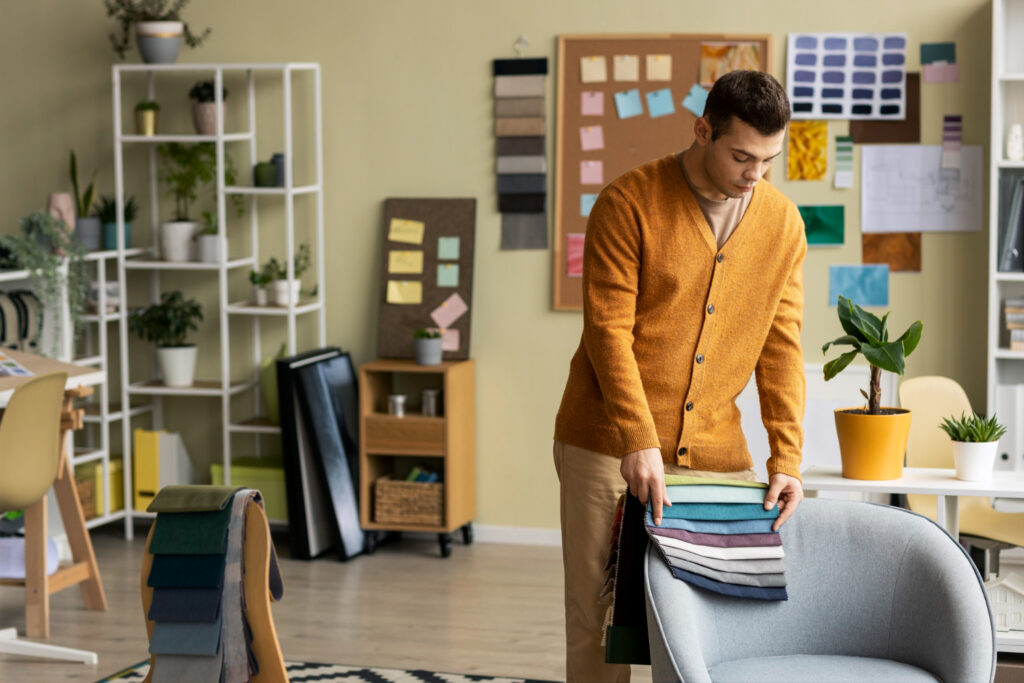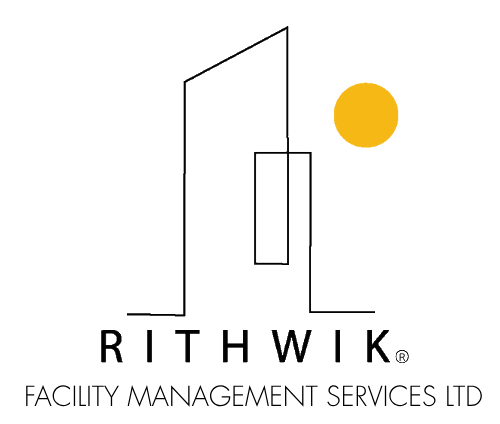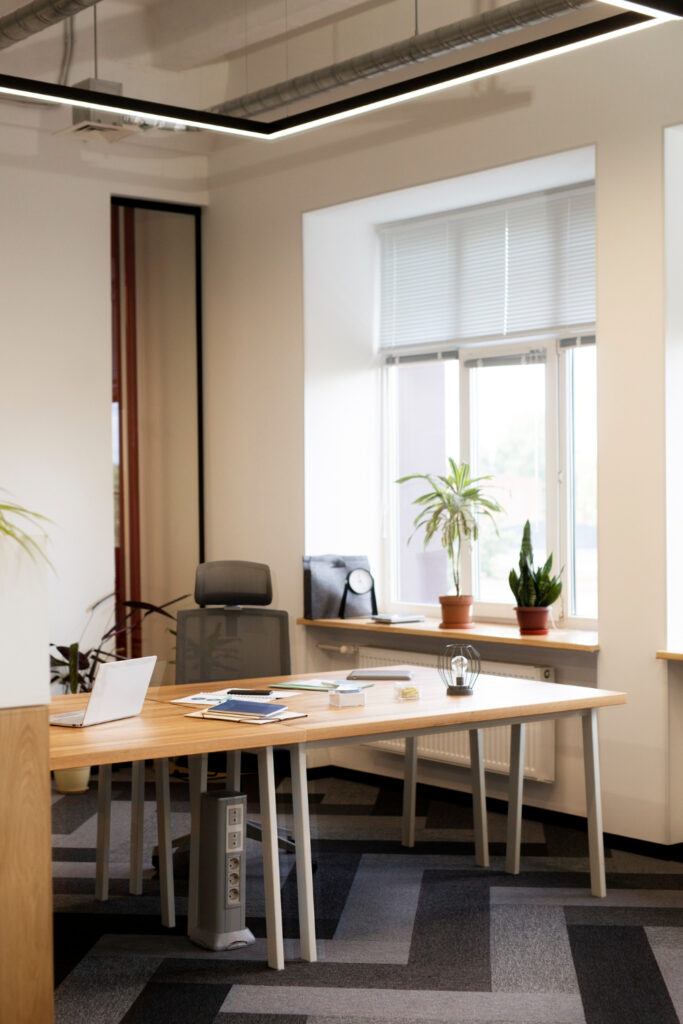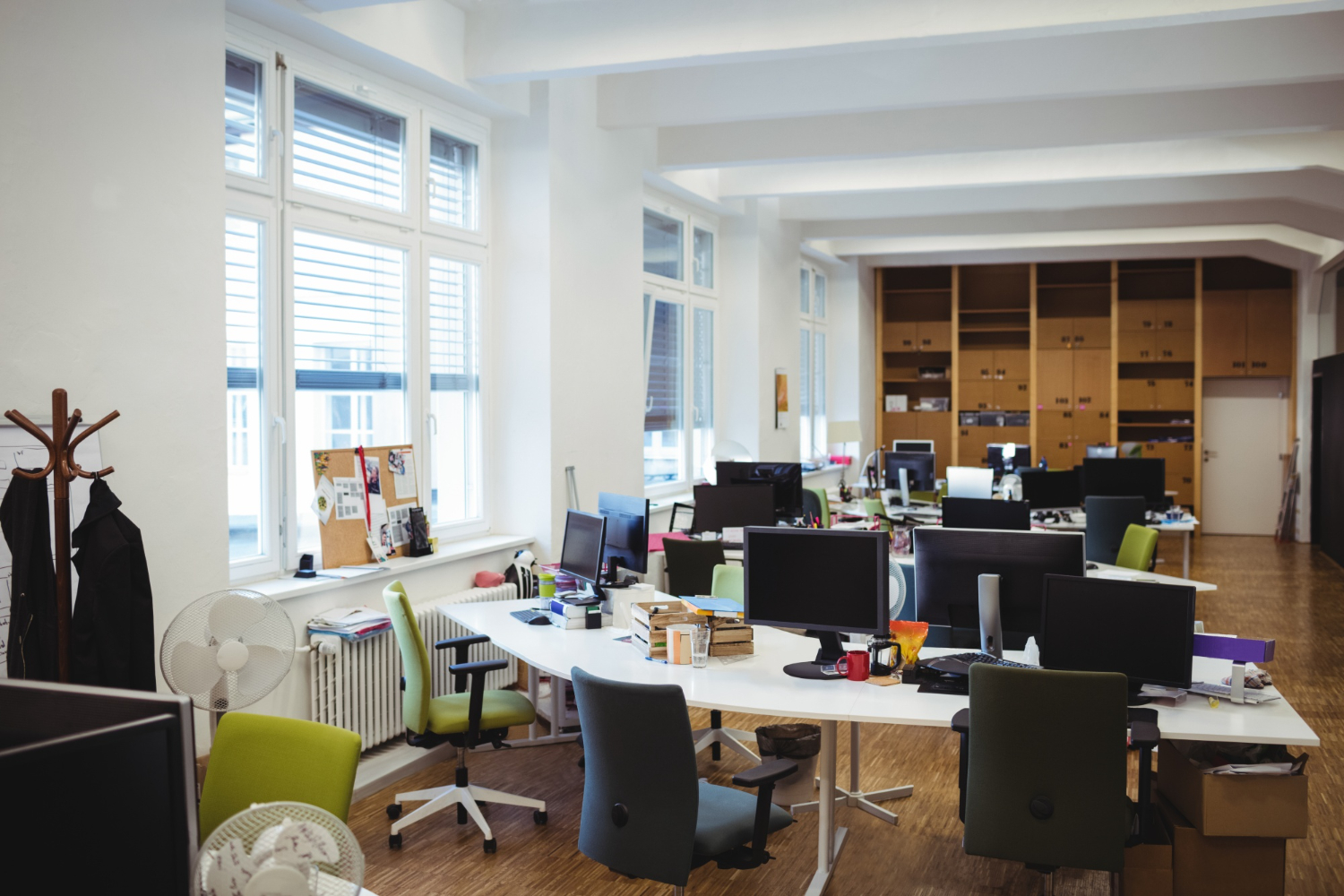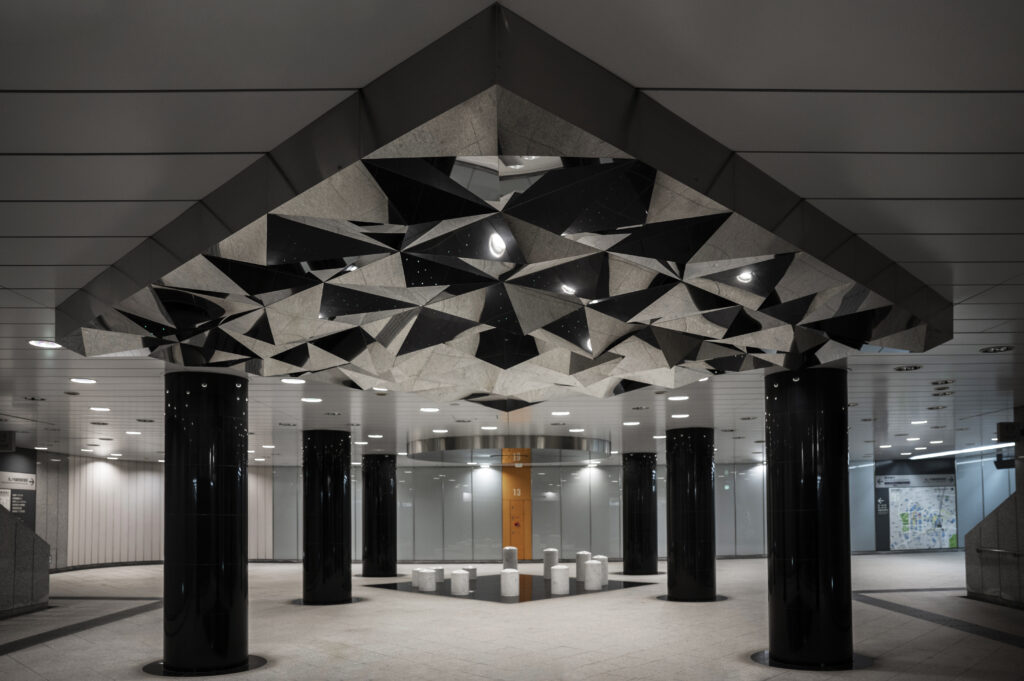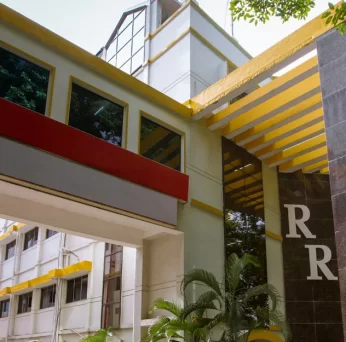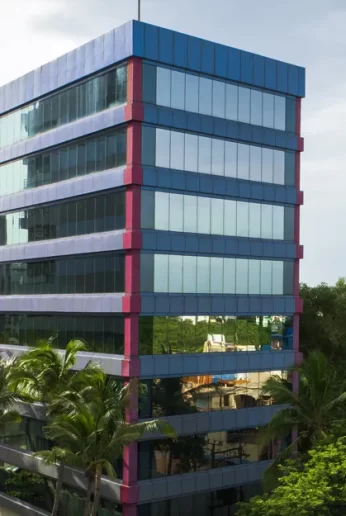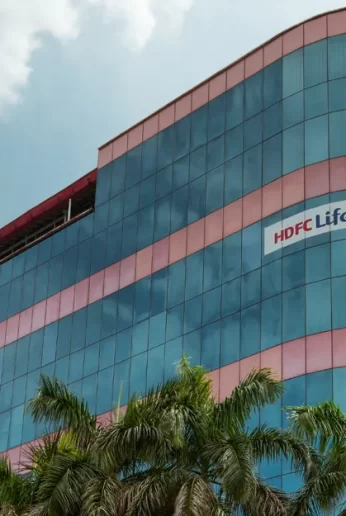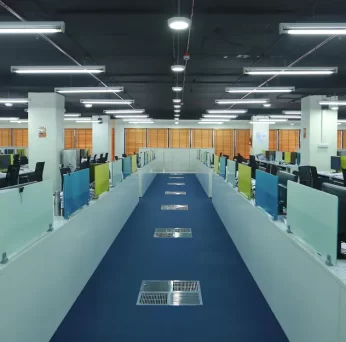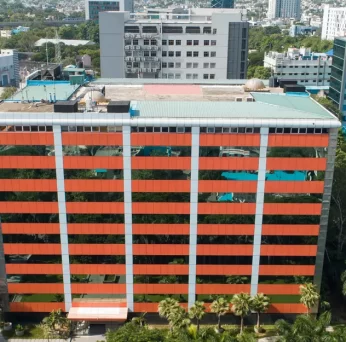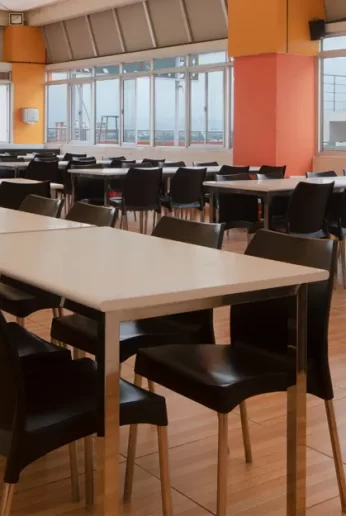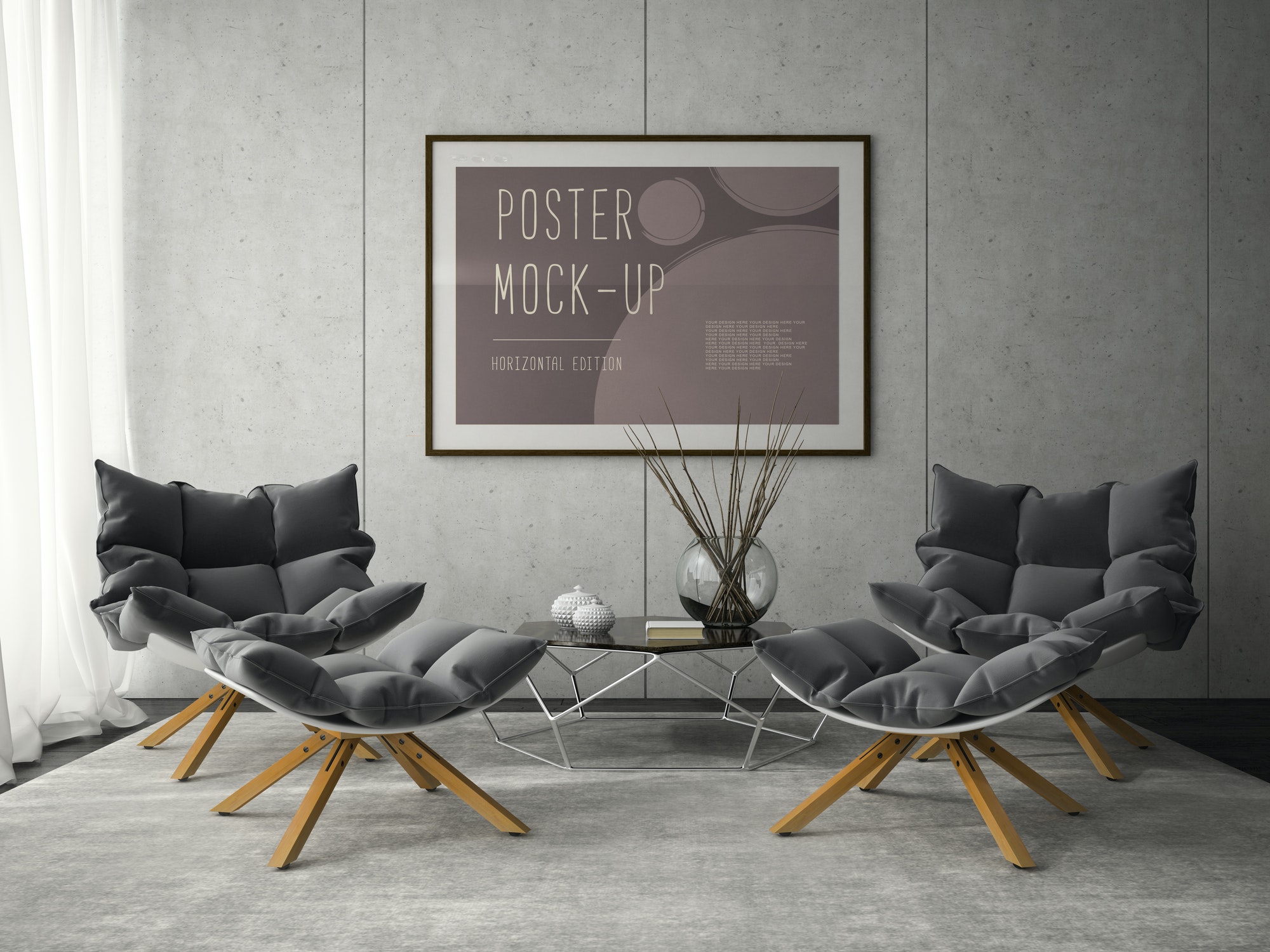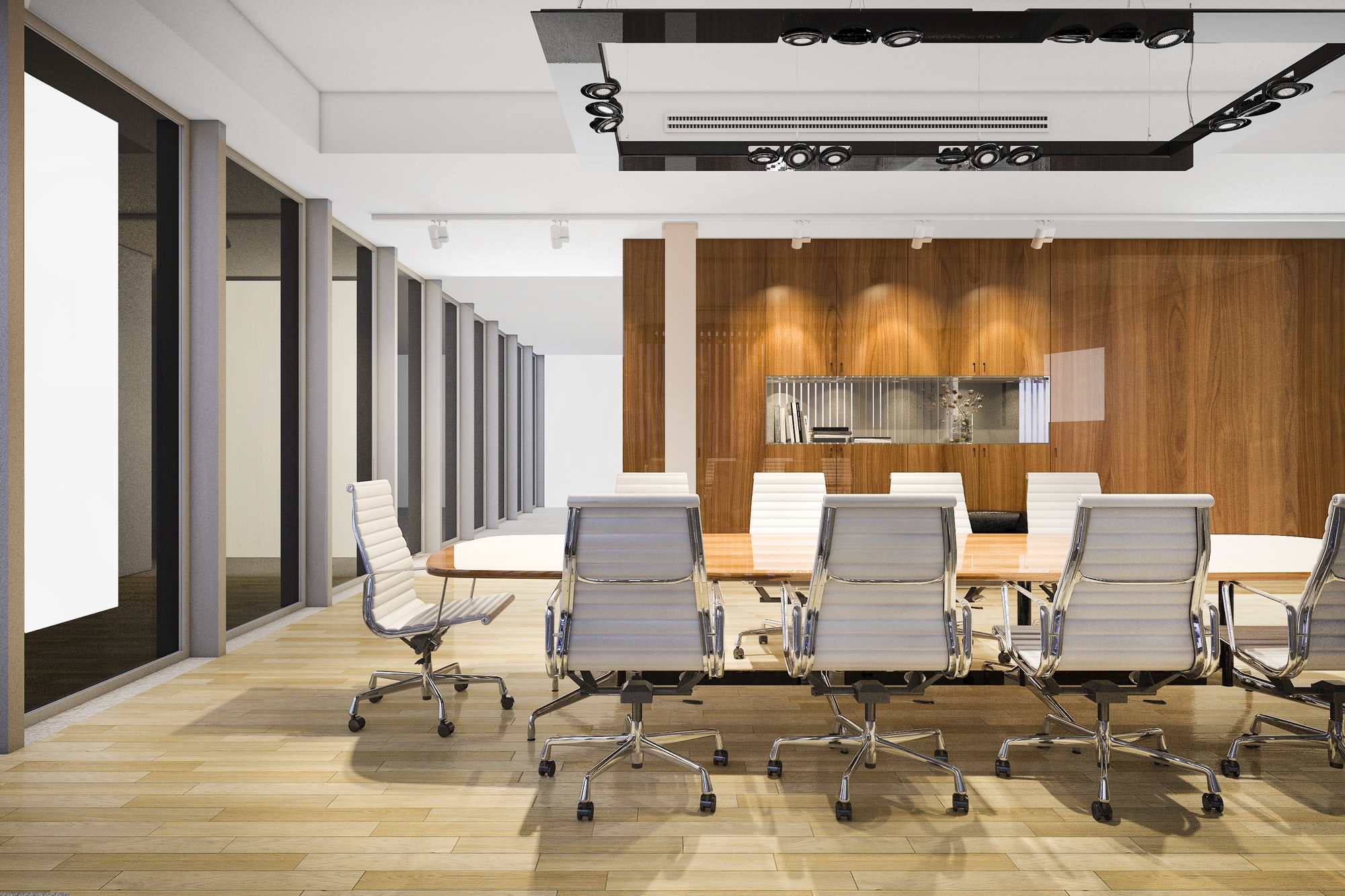Consultation & Conceptualization – Understanding client needs and developing initial design concepts.
Detailed Planning & 3D Visualization – Creating detailed layout plans and 3D models to refine the design.
Material Selection & Procurement – Choosing high-quality materials that match aesthetics and functionality.
Expert Execution & Installation – Our skilled craftsmen execute the design with precision and excellence.
Final Handover & Post-Project Support – Ensuring quality checks and providing maintenance support as required.
Elevate Your Space with Rithwik’s Expert Interior Fit-Out Solutions
At Rithwik, we are committed to transforming ordinary spaces into stunning, functional environments. As one of the most reputable interior fit-out companies in Chennai, we specialize in delivering innovative and customized interior solutions for residential, commercial, retail, and hospitality sectors.
